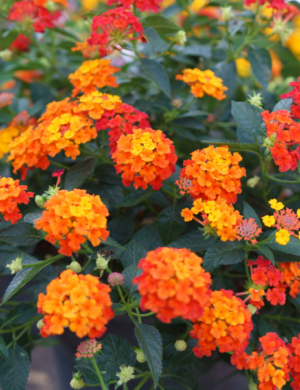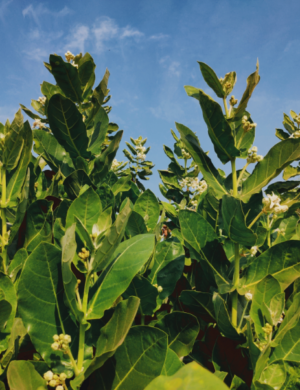Fennel
$19.99
- Culinary herb used in salads, soups, and seafood dishes, adding flavor and aroma to recipes.
- Umbel-shaped yellow flowers attract beneficial insects like ladybugs and lacewings, promoting natural pest control.
- Reseeds easily, providing a continuous harvest and ensuring sustainability in the garden.






